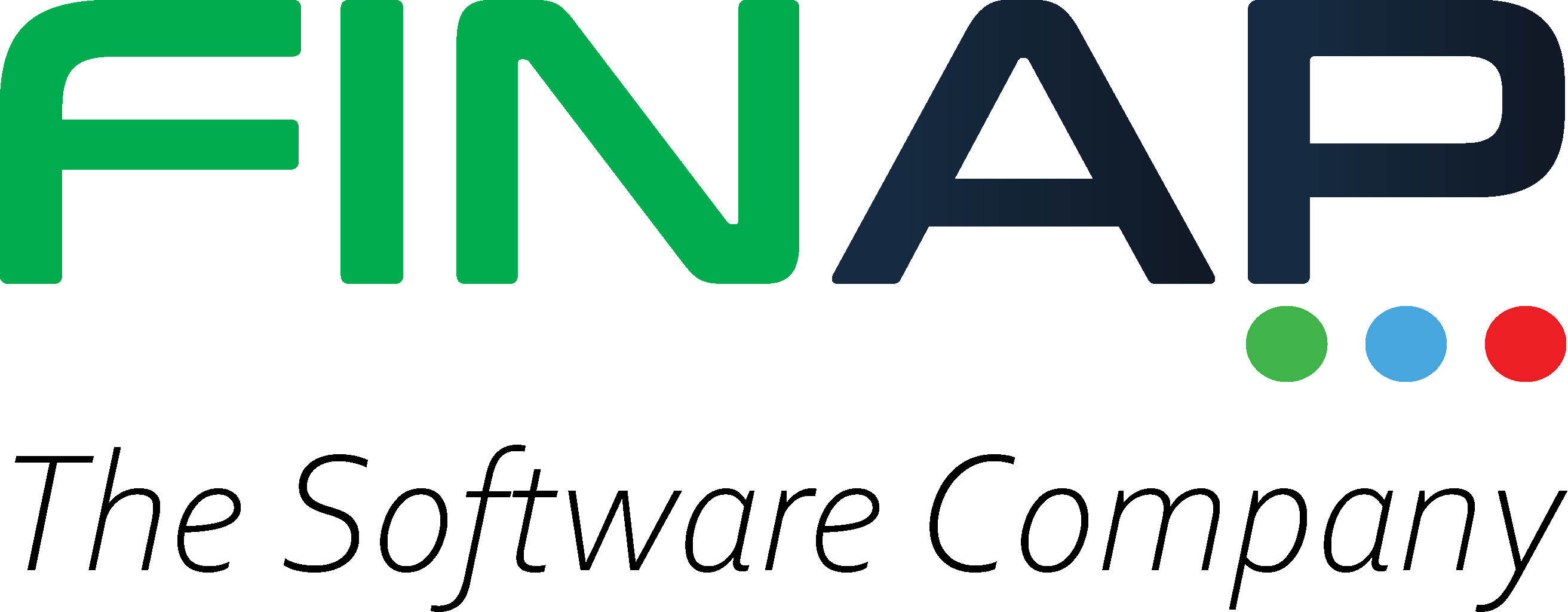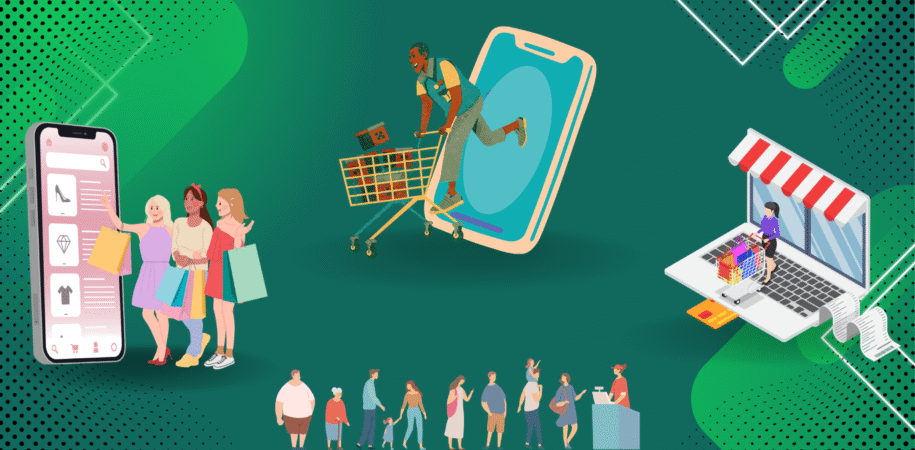In Sri Lanka, Cash is still common, but it’s no longer the default. FinTechs that are currently moving the needle in Sri Lanka right now are Buy Now, Pay Later (BNPL) solutions and QR-code payments (LANKAQR). They’re simple, fast, and when done right, these can be powerful tools for merchants, consumers, and the broader finance ecosystem. This blog post unpacks what they are, who’s doing what, why adoption is accelerating, where the risks lie, and practical next steps for businesses and consumers.
Quick fact: LANKAQR was launched nationally by the Central Bank and LankaPay as a unified QR standard, and today, the network connects over 400,000 merchants across the island, a scale that makes QR a mainstream payment channel.
What This Blog Covers
• Simple definitions: BNPL vs QR payments (and how each works locally)
• Current on-the-ground adoption and trends in Sri Lanka
• Who the major players are and how they’re partnering with retail and banking
• Business & consumer benefits (and clear examples)
• Risks, consumer protection and regulatory signals
• Technology details (static vs dynamic QR, instant settlement, integration)
• Practical recommendations and a short roadmap for merchants and consumers
1. What Exactly Are BNPL and QR Payments
BNPL lets a buyer split a purchase into installments, often interest-free for a short term, at checkout. In Sri Lanka, these are typically offered by fintech apps or payment facilitators teamed up with retailers. Example: Mintpay offers split-into-3 installments across partner merchants.
QR payments, on the other hand, use interoperable QR codes built to EMV (Europay, Mastercard, and Visa) standards, so any compliant app or bank can scan and settle a transaction. The LANKAQR initiative by the Central Bank and LankaPay made QR payments low-cost and universal, giving early credibility and rapid scale.
2. Adoption & Growth
The LANKAQR network now supports more than 400,000 merchants via participating banks and finance firms, covering both formal and informal retail outlets. BNPL is newer, but it is growing fast thanks to partnerships with retail groups like Softlogic. Industry forecasts suggest digital retail transaction volume in Sri Lanka could expand significantly by 2027, creating fertile ground for both BNPL and QR systems.
3. Why Merchants Should Care
BNPL boosts average order values by lowering friction for larger purchases, while QR payments reduce setup and transaction costs for micro and SME merchants. Recent initiatives by banks to waive Merchant Discount Rates (MDR) further lower barriers. Digital payment trails simplify reconciliation and taxation, making business operations cleaner and more efficient.
4. Why Consumers Like It
Consumers enjoy convenience and flexibility; scanning a QR or splitting payments is quick and straightforward. BNPL helps manage budgets by spreading payments, while QR payments offer an easy, cash-free way to complete daily transactions. Still, users must be mindful of repayment schedules and hidden charges, especially with BNPL products.
5. Risks, Regulation & Protection
Without proper oversight, BNPL can cause over-indebtedness if consumers overextend. Regulators are expected to tighten rules around transparency and data protection. Banks and fintechs are being urged to prioritize privacy and consumer education. Merchants must also evaluate long-term fee structures beyond temporary MDR waivers.
6. Technology & Integration
Static QR codes are ideal for smaller merchants, while dynamic QR codes suit higher-value transactions with better reconciliation. Settlement speeds vary as some providers offer near-instant transfers. BNPL platforms provide e-commerce plugins and POS integrations, helping merchants onboard faster.
7. Competitive Landscape
Banks and LankaPay built the underlying rails, ensuring interoperability and reliability. Commercial banks like HNB are waiving MDR fees to push adoption, while fintechs such as Mintpay lead on user experience and retail partnerships. Together, these collaborations are driving the national cashless transformation.
8. Practical Recommendations
For merchants: Understand MDR terms and use dynamic QR for higher-value sales. Track performance metrics like conversion rates and order values post-adoption.
For consumers: Use only trusted apps, keep an eye on BNPL repayment timelines, and stay informed about privacy settings.
For policymakers: Introduce affordability checks and disclosure standards to protect users without stifling innovation.
9. The Future of Payments in Sri Lanka
We can expect QR coverage to deepen further into smaller towns and informal markets, driven by continued fee reductions and awareness campaigns. BNPL regulation will evolve to protect consumers, while interoperability may extend cross-border and potentially link to regional networks like Alipay+ and UPI. As fintechs innovate and users adapt, Sri Lanka is steadily advancing toward a more digital, inclusive payment ecosystem.
Final Thoughts
BNPL and QR payments represent two complementary pillars of Sri Lanka’s fintech progress. QR systems make payments instant and universal, while BNPL gives affordability and flexibility. Together, they can accelerate cashless commerce if supported by good design, education, and smart regulation. For businesses and consumers alike, this shift is a major convenience and also, it’s a preview of how finance in Sri Lanka will evolve over the next decade.
FAQ: (Frequently Asked Questions)
BNPL allows consumers to split the cost of purchases into instalments, often interest-free for a short period. In Sri Lanka, fintech apps like Mintpay partner with retailers to enable this feature both in-store and online, making it easier for consumers to manage payments without paying upfront.
LANKAQR is Sri Lanka’s national, interoperable QR code payment standard. It allows customers to scan a QR code from any participating bank or wallet app to pay merchants instantly. Both static QR (single code) and dynamic QR (unique for each transaction) are supported, making payments faster, cheaper, and more inclusive.
Yes, when using official apps and bank-supported platforms. QR payments through LANKAQR follow EMV standards, and BNPL providers operate under regulatory oversight. However, consumers should avoid unofficial apps, monitor instalment schedules, and be aware of any late fees or hidden charges.
QR payments have already reached over 400,000 merchants nationwide. BNPL is newer but growing quickly, especially with partnerships between fintechs like Mintpay and major retailers such as Softlogic. Adoption is highest in urban areas but expanding into smaller towns as awareness and infrastructure improve.
Merchants: Higher sales, larger average order values, lower cash handling, and easier record-keeping.
Consumers: Convenient payments, ability to split costs, cashless transactions, and broader payment options. Together, these systems enhance financial inclusion and accelerate Sri Lanka’s move toward a cashless economy.


